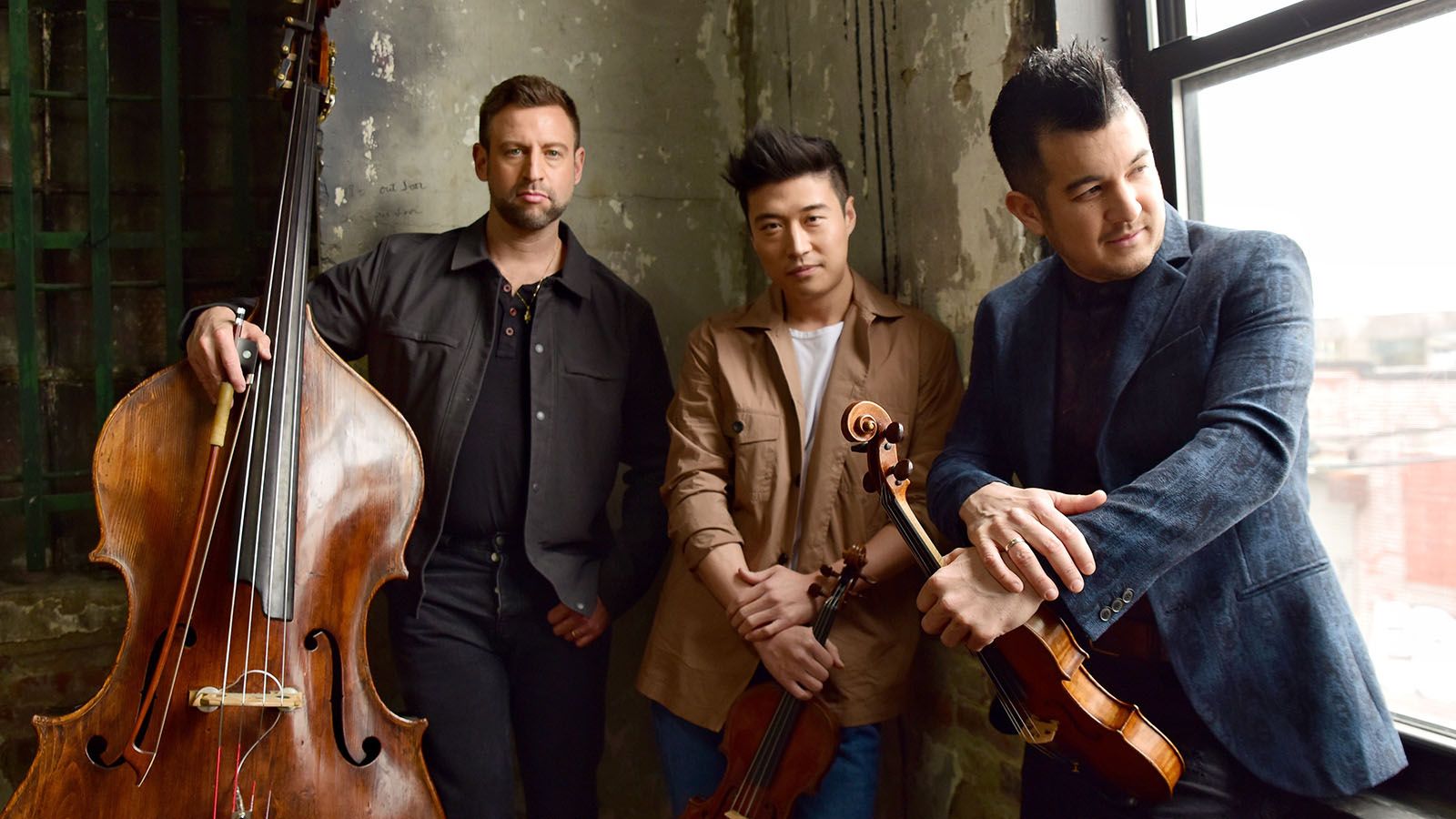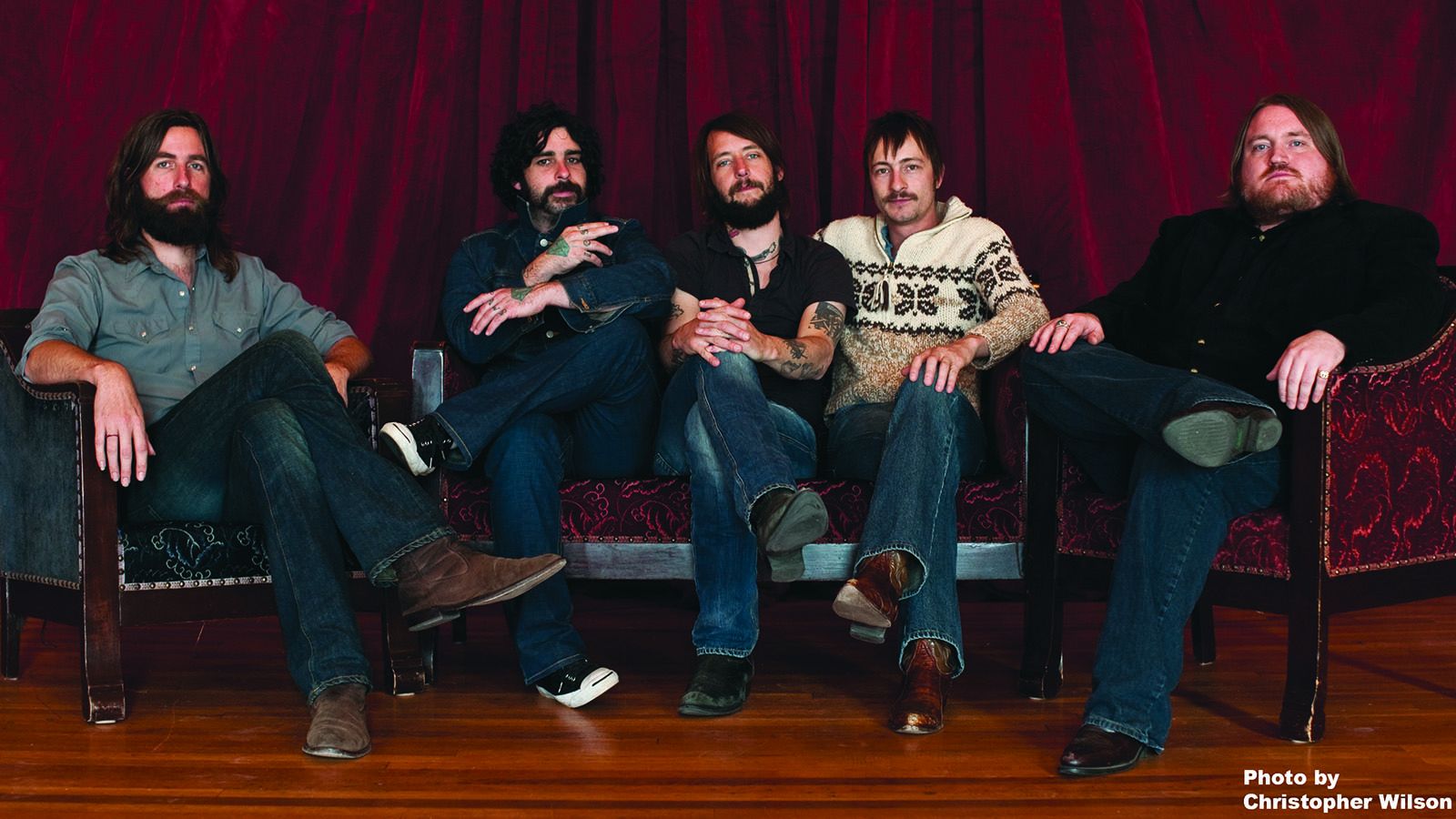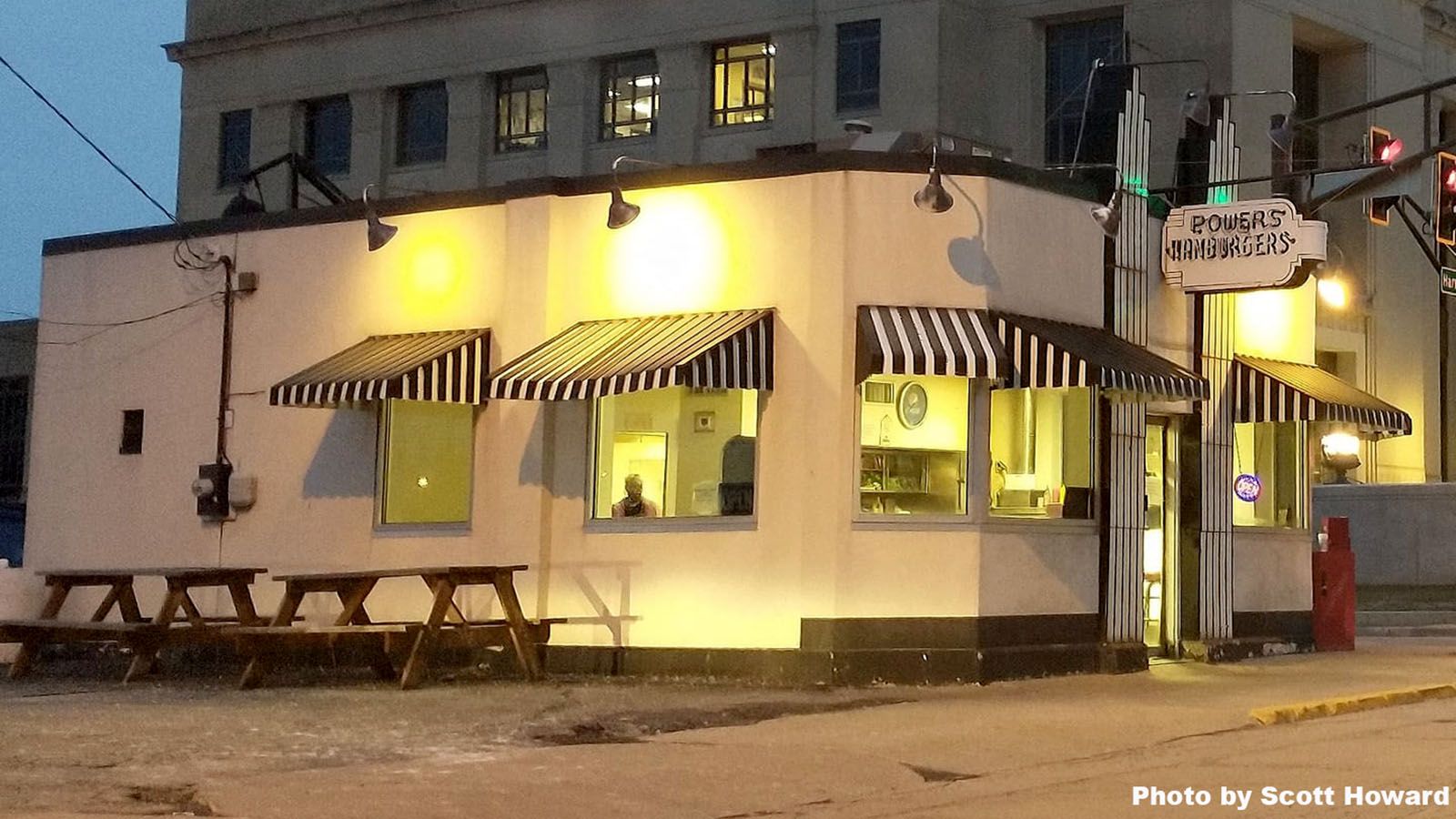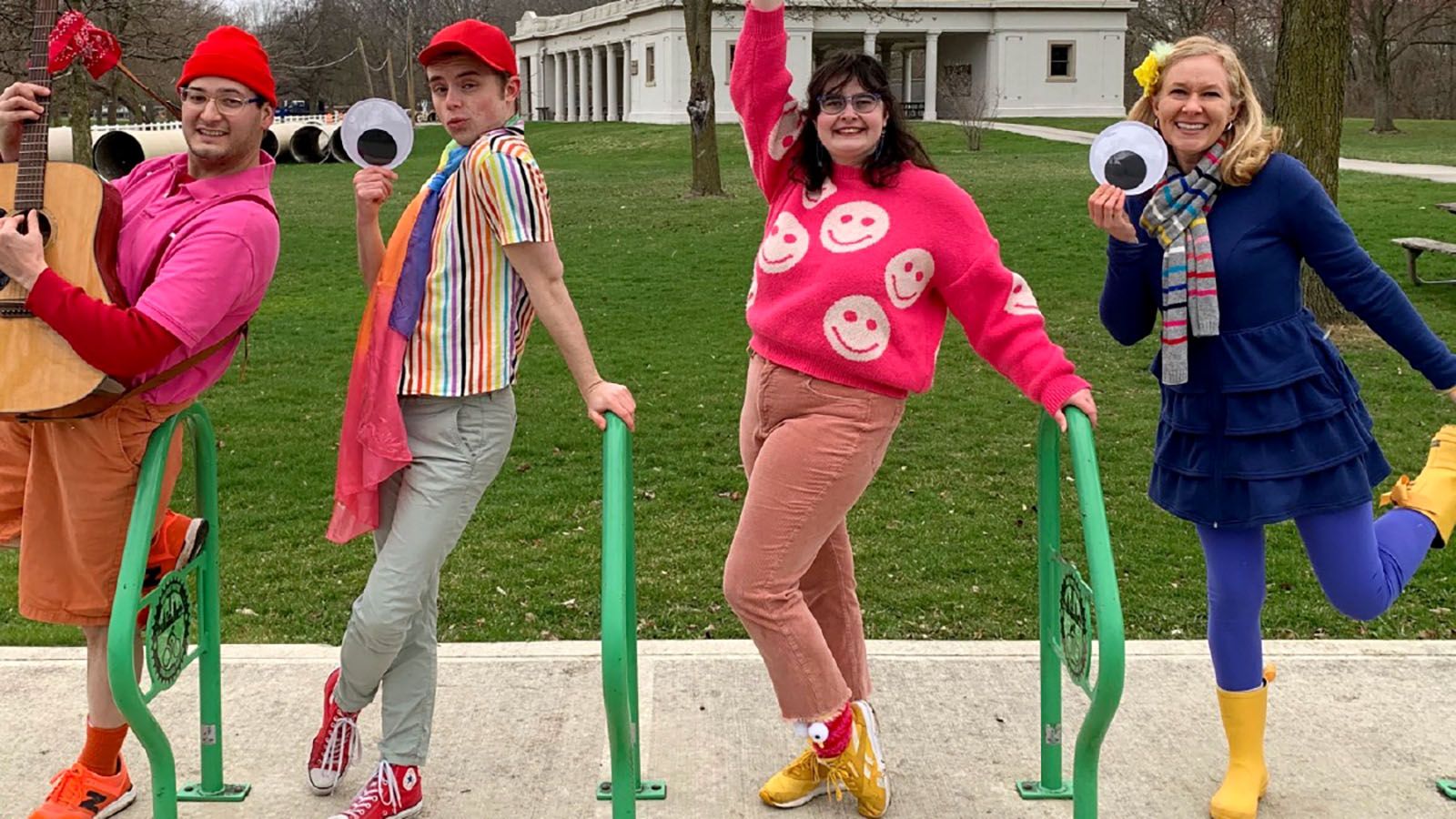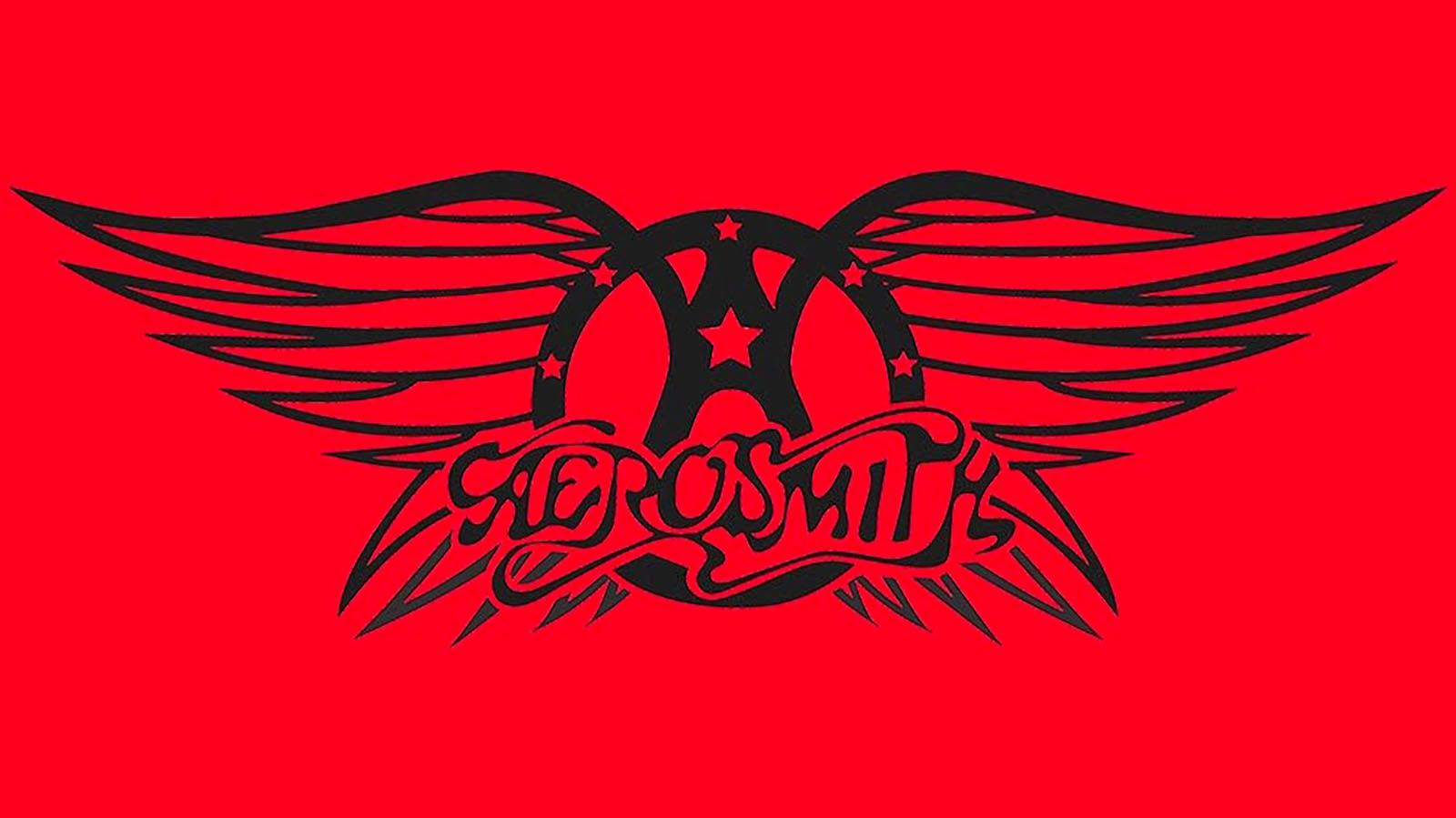Grammy-winning upright bass player Ranaan Meyer has been at the forefront of a new generation of acoustic music 20 years. Based outside of Philadelphia, he comes back to Honeywell Center in Wabash every June to teach at the program he founded in 2008: Wabass Institute, which has been developed into the larger Honeywell Arts Academy.
Now, however, he’s swinging through April 25 with his trio Time for Three, with Nick Kendall on violin and Charles Yang on violin and vocals.
Time for Three
7:30 p.m. Thursday, April 25
Honeywell Center
275 W. Market St., Wabash
$35-$55 · (260) 563-1102
Best of both worlds
Time for Three and their music are as astonishing as they are unlikely.
They maintain two careers simultaneously since all three are also solo artists.
On one hand, they are a classical music trio that performs with symphony orchestras around the world. On the other hand, they are a popular new-music acoustic trio, singing and playing original songs that blur the lines between classical music, bluegrass, Americana, and jazz. It’s in this role that we will see them in Wabash.
Time for Three’s 2022 album Letters for the Future comprises two concertos, “Contact” by Kevin Puts and “Concerto 4-3” by Jennifer Higdon. Recorded with The Philadelphia Orchestra conducted by Xian Zhang, the album earned two Grammys: Puts for Best Contemporary Classical Composition and Time for Three for Best Classical Instrumental Soloists.
Time for Three have been performing “Contact” with orchestras across the land recently, including the Indianapolis Symphony Orchestra, New Haven Symphony Orchestra, The Columbus Symphony, and, just last week, The Sinfonieorchester of Basel, Switzerland.
In Wabash, there will be only the three of them on stage. They’ll play songs from their self-titled 2014 album and a number of singles they released during the pandemic and some pop covers just for kicks.
They perform with no backing tracks.
“It’s real music in real time,” Meyer told Whatzup, but they also double on keyboard and guitar, and they all sing, with Yang taking the lead. “We’re definitely amplified, but it’s a very acoustic feeling.”
Meyer spoke with me by phone with unabashed passion about his work as a teacher to an elite class of young classical musicians and about this group of musical best friends.
Seizing the moment
Traditionally, a string trio is violin, viola, and cello, where the instruments’ ranges are spread out. Nobody ever heard of a string trio with two violins and a bass — up high and down low, with nothing in the middle.
“Our origin story is that two of the three members, Nick Kendall and myself, went to school with the other founder (Zachary DePue) at Curtis Institute of Music,” Meyer said.
In Philadelphia, the institute is one of the most selective classical music conservatories in the world.
“We were three kids. After those long, intense orchestral rehearsals, we needed to let our hair down and go jam and improvise,” Meyer said.
“The school caught wind of us and hired us out for our first, and what we thought was our last, gig. It was a corporate event playing for Dow Chemical Company.”
The three friends whipped up their own arrangements of famous pieces of classical music played fast and intense, paired with breakneck bluegrass standards, all with a jazz bass line — and it was a huge hit with the suits.
“The bottom line is it was the energy of each one of us at the time, and we happened to play two violins and bass,” Meyer said. “And because of the energy, we jammed together and became friends, and that was that. If we would have thought about, ‘OK, let’s make a band and let’s think about the instruments,’ this group would not exist.”
On a fateful night in 2004, they found themselves in different sections of the Philadelphia Orchestra, playing Beethoven’s “9th Symphony,” when the house electrical system failed and 5,000 fans sat in darkness. With one working stage light and one microphone, Time for Three stepped up to entertain the crowd.
“We got international press the next day, and all of a sudden we had a career,” Meyer said. “A few conductors called us and asked us if we would play as soloists with their orchestra.
“In 2006, that’s when the piece that Jennifer Higdon wrote for us was commissioned by Christoph Eschenbach, then the conductor of the Philadelphia Orchestra. And that’s how our concerto career was born.”
On the shoulders of giants
Following their 2014 self-titled album of trios, DePue moved on and was replaced in 2016 by Yang, whose strong tenor and songwriting chops meant they were now a vocal group.
I must confess that I wasn’t familiar with Time for Three before I was assigned this story, but as I listened to the range of their music I realized they are continuing a tradition that started in the 1990s.
When I asked Meyer about it, he got really animated. You might have heard of musicians like the great American classical cellist Yo-Yo Ma, bass player Edgar Meyer (no relation to Ranaan), progressive bluegrass players Mark O’Connor on violin, Béla Fleck on banjo, and Mike Marshall on mandolin. They collaborate on new music that blurs all the boundaries of genres.
“Those are our predecessors, right?” Meyer said. “They pioneered our lane. I think that when their music started to become more accessible, that just hit us over the head.
“Because we had this innately in us, but didn’t know that there was necessarily a world out there that would embrace it. So when we heard that music, it was a light-bulb moment: We could do this!
“People in our position feel so grateful to them in the way that they paid it forward to the musical canon of whatever this style is.
“We’re writing it, we’re being written for, and we have this privilege of carrying the torch at the moment.
“In addition to the fact that it just brings so much magic to our hearts, is that it feels like we’re at the beginning of a genre, kind of like Jelly Roll Morton was for jazz.
“Now there’s this whole other generation coming up after us that’s even more plentiful.”
New generation
Time for Three are now teaching one week each summer at the Honeywell Arts Academy program called Resonance, where 12 “none of the above” acoustic instrumental groups study with them.
“They’re basically this next generation of misfits, these Peter Pans, these people that don’t necessarily have a home,” Meyer said. “We’re all in the wild, wild West. But what’s really cool about it is there’s more and more of us coming out of the woodwork. We’re about to do it for our fourth year. This will now make for 48 groups, spread out all over North America.
“And so we all get to progress with whatever this is. People don’t really know how to describe what the heck they’re doing! And that’s OK with everyone.
“We’re all still in this mad scientist existence. We are just experimenting to the point of where our hearts are taking us.”
